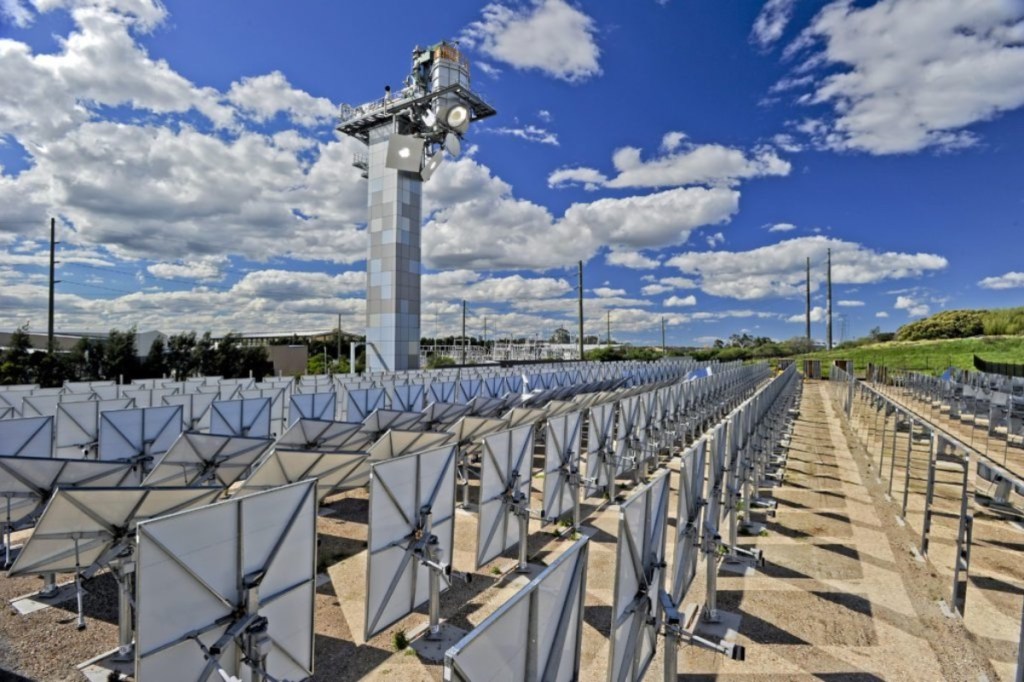Trump’s Trade Policies: What They Mean for Australia’s Tech Sector

- by Admin
- January 8, 2025

As President-elect Donald Trump prepares for his inauguration on January 20, 2025, global markets brace for anticipated shifts in U.S. trade policies proposed during his election campaign. A central focus of Trump’s agenda is implementing import tariffs, particularly targeting China, with significant implications for the semiconductor industry. Australia, deeply integrated into the global technology supply chain, stands to be notably affected by these developments.
Trump’s Trade Policy: A Renewed Protectionist Approach
During his first term, President Trump implemented tariffs to support domestic industries and decrease the trade deficit. He also prioritised “America First” principles. The approach caused trade frictions, particularly with China, resulting in reciprocal tariffs that disrupted global supply chains. Trump has reaffirmed his commitment to strong trade in his second term, proposing an additional 10% tariff on all imports and elevating tariffs for certain goods like semiconductor manufacturing of electric vehicles (EVs).
These tariffs are part of broader efforts to break the U.S. “away from the global economy and create a self-contained” economy. Trump’s strategy calls for a general tariff of 10% to 20% on all imports, with increased penalties targeted at countries that mishandle trade or manipulate currencies. His proposal includes imposing a tariff of at least 60% on Chinese goods and 100% on cars manufactured outside the United States.
Critics argue that such protectionist measures could result in higher consumer prices and a constrained impact on global trade. According to economists, these tariffs may not lead to a reduction in the trade deficit or restock manufacturing jobs as intended. Instead, they could result in higher prices for American consumers and businesses, potentially triggering a grave global recession.
Furthermore, there are concerns about the potential formation of hostile trading blocs as countries retaliate against U.S. tariffs. It may cause heightened international trade tensions and undermine current economic partnerships. The anticipation of these tariffs has already caused distortions in global trade, prompting companies to rethink their supply chains and production methods to mitigate the potential consequences.
Impact on the Semiconductor Industry
Semiconductors are the foundation of modern technology, used for everything from smartphones to advanced medical equipment. Semiconductor design has dominated the U.S., while manufacturing has concentrated in East Asia, with China and Taiwan being key locations. Trump’s tariffs aim to encourage the relocation of semiconductor manufacturing to the U.S., decreasing its reliance on foreign production. However, this approach has several implications:
- Supply Chain Disruptions: The global semiconductor supply chain is interconnected. The implementation of tariffs on Chinese semiconductor production could cause significant disruptions, leading to longer production timelines and higher costs for technology companies globally.
- Increased Production Costs: Tariffs would raise the cost of importing semiconductors and their corresponding components, leading to higher production costs for companies that depend on such imports. The escalation of costs is likely to be passed on to consumers, leading to inflationary pressures.
- Innovation Slowdown: Rapid innovation is crucial for the success of the semiconductor industry. Trade barriers could hinder joint research and development initiatives, slowing technological advancements.
Implications for Australia
Due to its close economic ties with both the U.S. and China, Australia is at risk of being subject to changes in trade policies between these two economies. This could pose a challenge for the Australian economy and could face several consequences from the proposed U.S. tariffs on Chinese goods, particularly in the tech sector:
- Export Challenges: The U.S. tariffs may restrict China’s ability to access the market for its high-tech products, including EVs and semiconductors. A surge in the sales of these items, potentially at reduced rates, may happen in Australia, affecting domestic manufacturers and changing market conditions.
- Supply Chain Realignment: A change in supply chain alignment may be required for Australian tech companies. With U.S. tariffs, reliance on Chinese semiconductors could become more challenging, and businesses may have to resort to other suppliers, potentially at higher prices.
- Economic Growth Impact: Analyses suggest that the full implementation of Trump’s trade policies could result in a 0.8% to 1.5% drop in Australia’s economic growth, potentially costing between $19 billion and $36 billion.
The Chinese EV Market and Australia’s Position
The new U.S. tariffs are expected to have a major impact on the electric vehicle industry. China, a major producer of electric vehicles, will face significant obstacles in entering the U.S. market. Chinese manufacturers may now target other markets, including Australian markets, and here’s why:
- Market Saturation Risks: An influx of Chinese EVs into Australian markets could result in increased competition with Australian manufacturers and potentially raise market prices.
- Consumer Benefits and Challenges: Consumers may find more affordable EV options appealing, but there could be issues with quality control, after-sales service, and the longevity of these vehicles in Australia.
Strategic Considerations for Australia
In light of these developments, Australia faces critical decisions to navigate the evolving global trade landscape:
- Diversification of Trade Partnerships: Reducing economic dependence on any single country by strengthening trade relations with a broader range of nations can mitigate risks associated with bilateral trade tensions.
- Investment in Domestic Tech Industry: Enhancing support for local semiconductor research, development, and manufacturing can reduce reliance on imports and bolster Australia’s position in the global tech arena.
- Active Engagement in Trade Negotiations: Proactively seeking exemptions from U.S. tariffs and engaging in international trade discussions can help protect Australia’s economic interests.
Conclusion
As the inauguration of President Donald Trump draws near, there is uncertainty surrounding global trade dynamics with concerns over the semiconductor industry and technology sectors. With significant economic ties to the U.S. and China, Australia must carefully consider and devise a strategic response to these challenges to preserve its stability in the global tech scene.
What are the Best ASX Stocks to invest in right now?
Check our buy/sell tips
The Latest News
-
January 10, 2025Skyscanner says Australian’s are turning to travel to boost morale – Travel Weekly
-
January 10, 2025You might hate it, but T20 saved Test cricket this summer
-
January 10, 2025Here’s the prize money payout for each golfer at the 2025 Sony Open in Hawaii – Australian Golf Digest
-
January 10, 2025What we got wrong about Grayson Murray – Australian Golf Digest
-
January 10, 2025Demon’s tricky path to breaking horror AO streak





